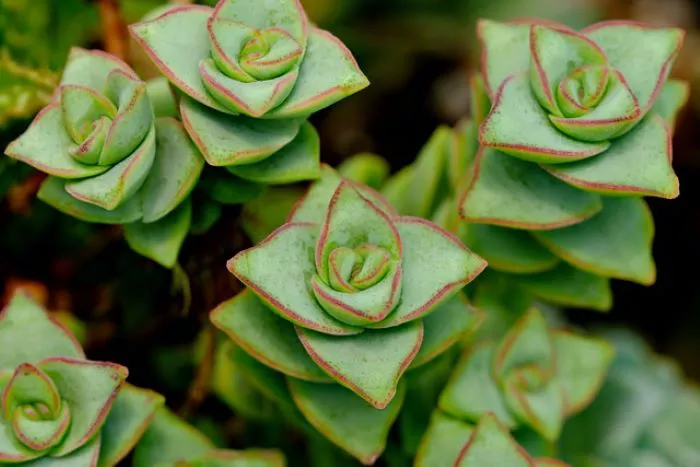Succulents are beloved houseplants known for their unique shapes, vibrant colors, and low maintenance needs. One of the most common questions among succulent owners is how often they should water their plants. Proper watering is crucial for the health and longevity of succulents. This article will explore the watering needs of succulents, factors that influence these needs, and best practices for ensuring your plants thrive.
Understanding Succulent Watering Needs
Succulents are adapted to store water in their leaves, stems, and roots. This adaptation allows them to survive in arid environments where water is scarce. Because of this ability, succulents do not require frequent watering like many other houseplants. In fact, overwatering is one of the most common causes of succulent decline.
Most succulents thrive on a watering schedule that allows the soil to dry out completely between waterings. This means that watering once a week or even less frequently is often sufficient. However, the exact frequency can vary depending on several factors.
Factors Influencing Watering Frequency
Several key factors influence how often you should water your succulents. These include the type of succulent, the season, environmental conditions, and the potting medium.
The type of succulent plays a significant role in determining its watering needs. Some species are more drought-tolerant than others. For example, Echeveria and Haworthia generally require less water compared to larger species like Aloe or Agave, which may need more frequent watering due to their larger size and higher water needs.
Seasonality is another important factor. During the growing season, which typically occurs in spring and summer, succulents may require more water as they actively grow. Conversely, during fall and winter, many succulents enter a period of dormancy and require significantly less water. During this time, watering once every two to four weeks may be sufficient.
Environmental conditions also affect watering needs. Factors such as temperature, humidity, and light exposure can influence how quickly the soil dries out. In hot, dry conditions, succulents may need more frequent watering. In cooler, more humid environments, they will need less.
The potting medium is crucial for proper drainage. Well-draining soil allows excess water to escape quickly, preventing root rot. If your succulent is in a potting mix that retains moisture, you may need to water less frequently. Conversely, a fast-draining mix may require more regular watering.
Signs of Underwatering and Overwatering
Recognizing the signs of underwatering and overwatering is essential for maintaining healthy succulents.
Underwatered succulents may show signs of shriveling or wilting. The leaves may appear dry and wrinkled, and the plant may become less vibrant in color. In severe cases, leaves may begin to drop off.
Overwatered succulents often exhibit different symptoms. The leaves may become soft and mushy, and the plant may appear discolored, often turning yellow. In some cases, the roots may rot, leading to a foul smell coming from the soil. If you notice any of these signs, it is crucial to adjust your watering practices.
Best Practices for Watering Succulents
To ensure your succulents receive the right amount of water, consider the following best practices.
Check the Soil Moisture: Before watering, check the moisture level of the soil. You can do this by sticking your finger about an inch into the soil. If it feels dry, it is time to water. If it still feels moist, wait a few days before checking again.
Water Thoroughly: When you do water, ensure you give your succulents a thorough soaking. Water should flow out of the drainage holes at the bottom of the pot. This ensures that the entire root system receives moisture.
Use the Right Soil: Choose a well-draining potting mix specifically designed for succulents and cacti. This type of soil helps prevent water retention and promotes healthy root growth.
Adjust for Season and Environment: Be mindful of seasonal changes and environmental conditions. During the growing season, increase watering frequency as needed. In winter, reduce watering to avoid overwatering during dormancy.
Consider Container Type: The type of container can also affect watering frequency. Terracotta pots are porous and allow moisture to evaporate quickly, while plastic pots retain moisture longer. Adjust your watering schedule based on the type of pot you use.
Monitor Your Plants: Regularly observe your succulents for signs of stress. Adjust your watering routine based on their appearance and health. Healthy succulents should have firm, plump leaves and vibrant colors.
Conclusion
Determining how often to water your succulents is essential for their health and growth. While there is no one-size-fits-all answer, understanding the factors that influence watering needs can help you establish a suitable routine. By checking soil moisture, observing your plants, and adjusting for seasonal and environmental changes, you can provide the right care for your succulents. With proper watering practices, your succulents will thrive and continue to bring beauty to your home for years to come. Enjoy the process of nurturing these remarkable plants and watching them flourish.


